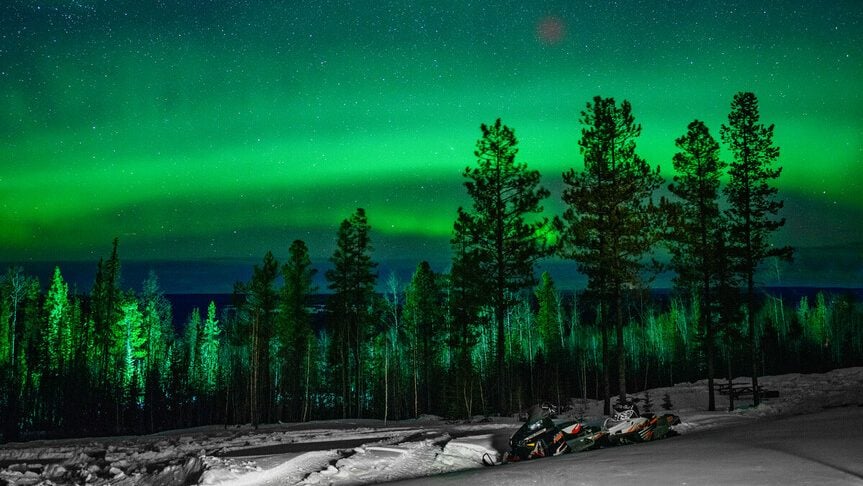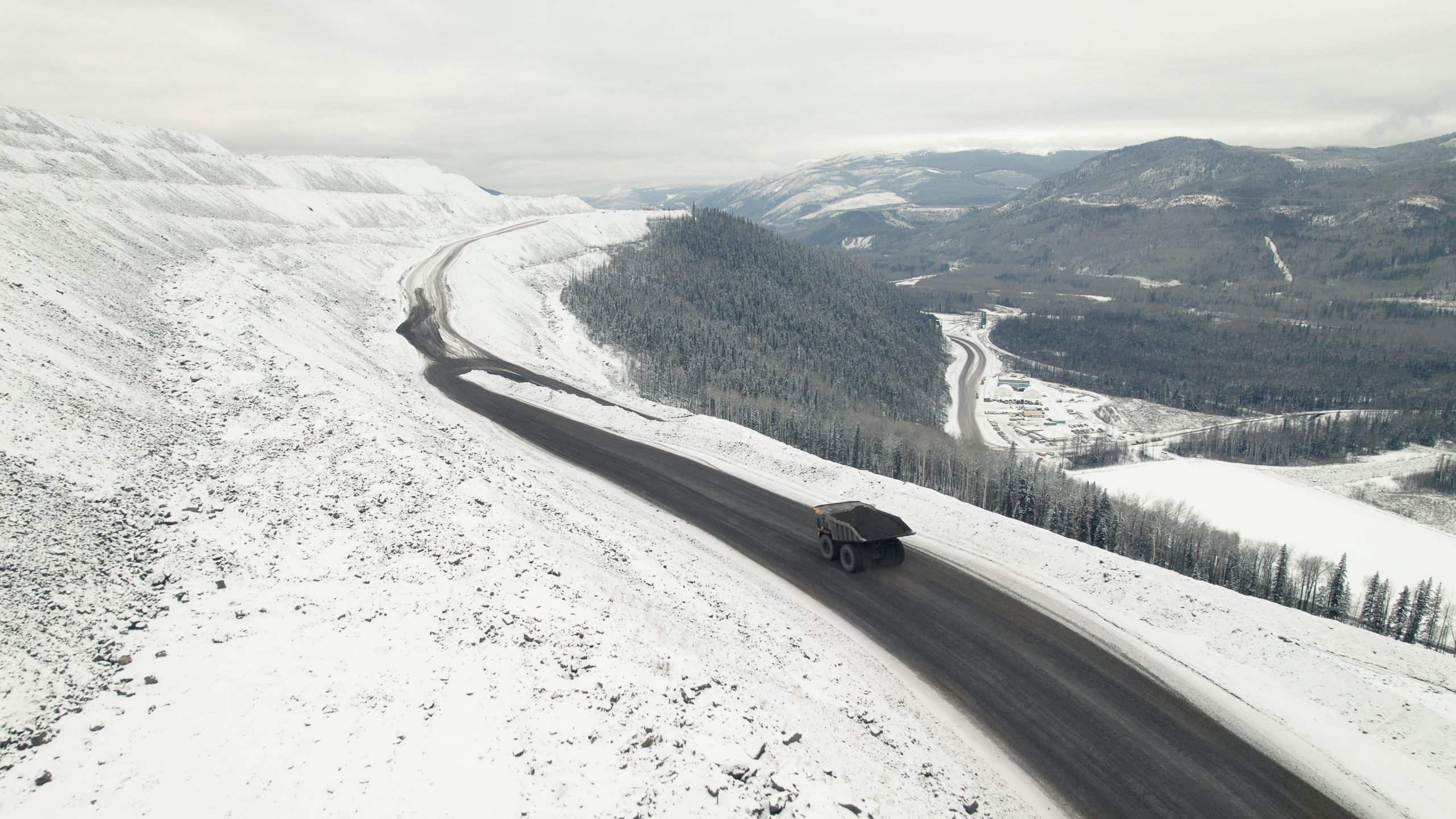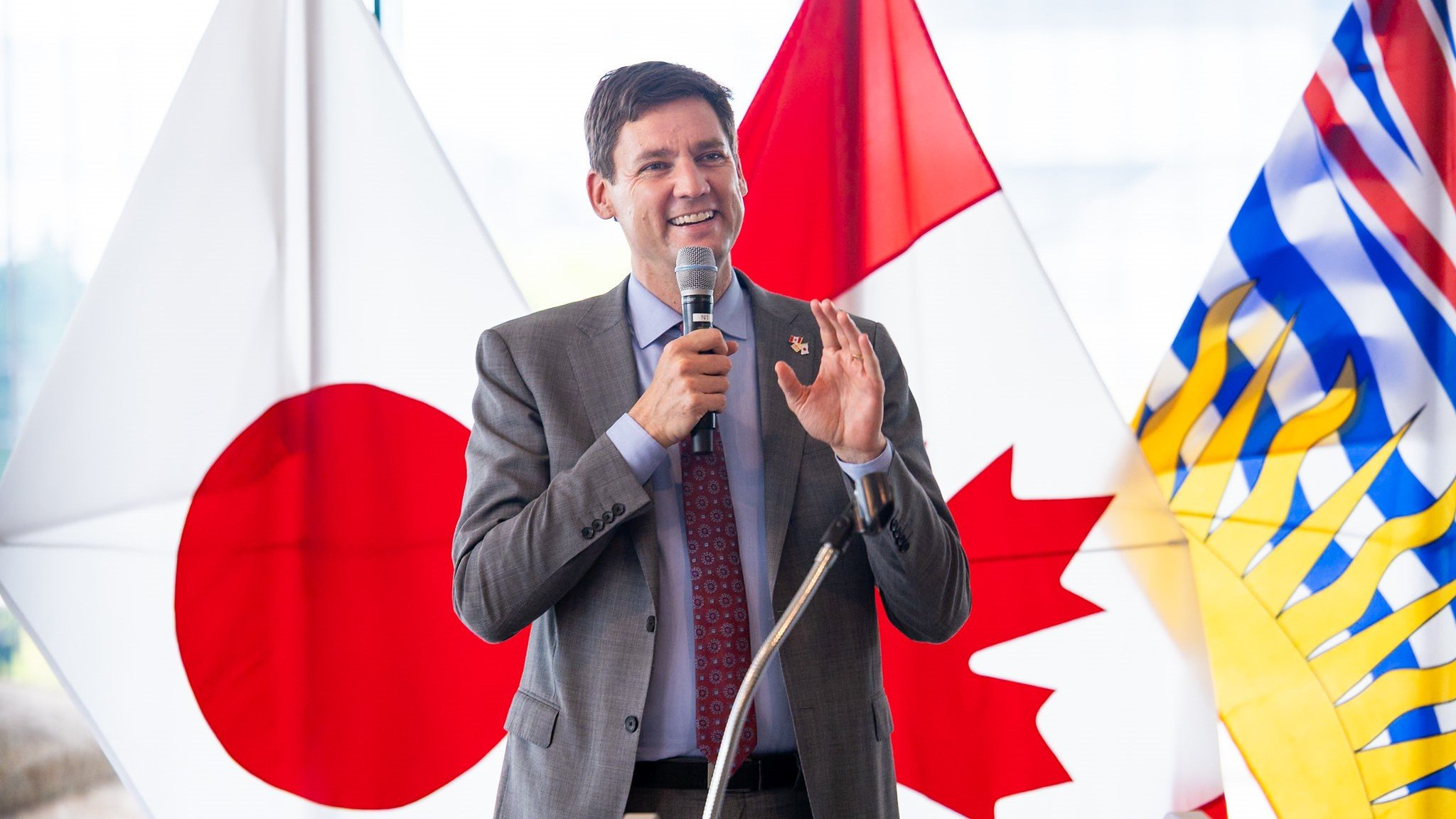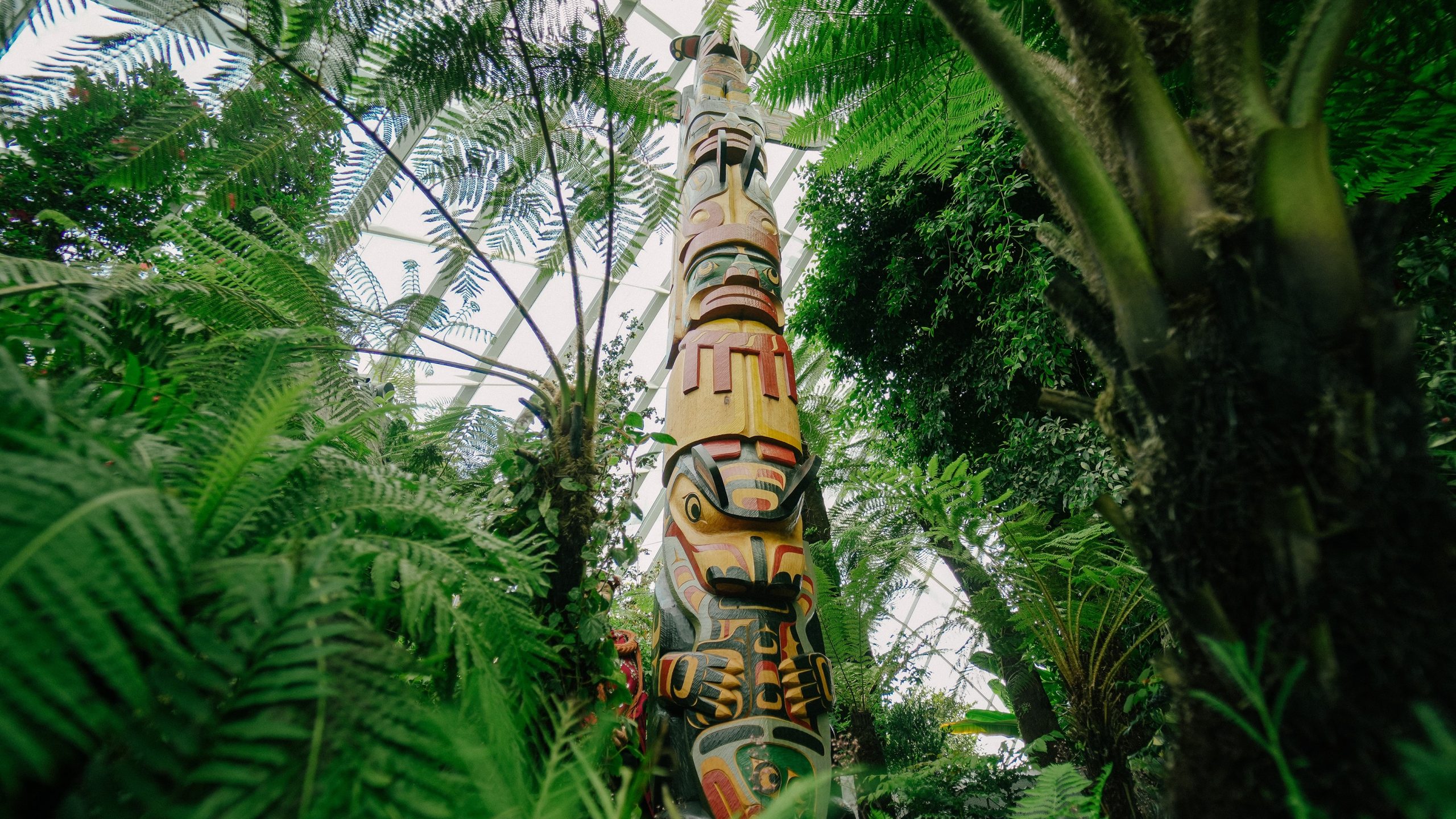
B.C. Regional Series: Northeast Region

Summary
The Northeast region of B.C. combines a strong resource-based economy with growing opportunities for investment and an exceptional quality of life.
- Economic Opportunities: Anchored by natural gas, forestry, agriculture and critical minerals, the region is experiencing rapid growth. Investment initiatives such as Invest Northern Rockies and community sustainability plans further support growth.
- Key Communities and Infrastructure: Major hubs include Fort St. John, Dawson Creek, Tumbler Ridge and Chetwynd. The region offers robust connectivity via highways, rail, pipelines and North Peace Regional Airport.
- A Great Place to Live and Work: Affordable housing, abundant outdoor recreation and educational institutions enhance livability. Employment rates are the highest in the province, with strong demand for skilled and entry-level workers.
The Northeast region of British Columbia (B.C.) is characterized by rural communities and picturesque landscapes. This region is bordered by the Yukon and Northwest Territories in the north, the Rocky Mountains to the west and Alberta to the east. A strong, established history of industrial success in natural resources and a diversifying economy provide diverse investment opportunities.
The Northeast region is a vast area of mountains, foothills, forests, lakes and the Peace River Valley. Major cities within this region include Fort St. John, Fort Nelson, Dawson Creek, Tumbler Ridge and Chetwynd. The Northeast region holds the province’s highest rate of employment and has a high demand for skilled and level entry workers. The Northeast’s economy is based on natural resources, particularly natural gas production, agriculture, forestry and critical minerals. Rapid development of the energy sector contributes to the Northeast region’s growth. Power-generating projects, planned and in progress, include hydroelectric dams and wind farms.
Vibrant Communities Throughout the Region
The Northern Rockies which spans roughly 85,000 square kilometers and encompasses nearly 10% of the land mass of B.C. has a strong, established natural resources economy. Prominent among Northern Rockies assets are the raw materials found abundantly in the region, including high-quality wood fibre, one of the largest reserves of natural gas in North America and an array of mineral deposits. The region has launched several initiatives to support further development in the region, including the Invest Northern Rockies website that highlights community assets and advantages.
Dawson Creek enjoys a climate of warm summers and temperate winters which have made agriculture a thriving sector. The excellent growing conditions, proximity to west coast grain terminals, low land prices and low cost of production mean agriculture in Dawson Creek sees excellent potential returns on investment. To explore, produce and deliver the still untapped oil and gas products here, extensive roadways, railways and pipeline networks have been developed with Dawson Creek at the hub.
Tumbler Ridge is a community embracing change and growth. It is an innovative area that continues to redefine what opportunity and quality of life are in Northern B.C. Serviced heavy industrial and commercial space, as well as space for new startups or expansions, make this town an attractive location. Tumbler Ridge has the eleventh lowest residential tax rate and one of the lowest business tax rates in British Columbia.

Affordable housing and unlimited recreational opportunities attract and retain an active and exciting community of adventurers, entrepreneurs, tradespeople, clean energy and resource professionals. The Tumbler Ridge UNESCO Global Geopark, is one of five geoparks located in Canada, and the only one located in Western North America. The geopark comprises six provincial parks and contains a wide array of dinosaur tracks, bones and fossils of Triassic fishes and marine reptiles for family and lifestyle appeal.
Fort St. John, the most populous area in the Northeast region, is known as the “Energetic City” due to their commitment to sustainable energy efficiency and conservation. The energy sector provides a huge economic benefit to the region and beyond. Quality of life is a priority in Fort St. John and local recreational facilities are second to none. The Pomeroy Sport Centre opened in 2010 and boasts an Olympic sized speed skating oval, indoor walking/running track and two NHL sized hockey rinks. They were proud to host the B.C. Winter Games in February of 2020. The City of Fort St John has more than 260 hectares of outdoor spaces encompassing more than 29 parks and public green spaces, 17 sports fields, 38.1 kilometres of paved trails and 92.5 kilometres of maintained sidewalks. Official Community Plan and development guidelines include policies requiring new developments to integrate with the city’s extensive trail network. This is part of their commitment to creating connected, walkable neighbourhoods and promoting active transportation. The population is dynamic, young and energetic.
The North Peace regional airport welcomed 256,949 passengers in 2024, travelling on two different commercial airlines: Air Canada and WestJet, in addition to six different airlines providing charter services. Scheduled passenger service connects business and leisure travelers to Calgary and Vancouver– and to more than 100 onward destinations via airline hubs in these cities.
Situated at the junction of Highways 97 and 29 and the BC Rail mainline, Chetwynd is the natural transportation hub of the Peace River area. Chetwynd is a service centre for a diverse range of industries including logging, sawmills and pulping, oil and gas production, transportation, coal mining, wind farms, ranching and farming. Businesses have access to bulk water, a selection of heavy industrial, light industrial and commercial properties centrally located close to an airport, rail and major highways.

British Columbia’s Northeast region offers top-quality amenities and opportunities for business and lifestyle needs. Families can take advantage of proximity to nature and abundant outdoor recreational activities as well as leading educational facilities. Institutions like the Northern Lights College, French Immersion schools and trades training are readily available. Explore British Columbia’s Northeast region.
Learn more about economic development opportunities and supports from the Northern Development Initiative Trust.
Stay tuned for additional articles on other regions and sector opportunities in British Columbia, and follow Trade and Invest BC on LinkedIn or X for regular updates.
Related News
We Can Help
Trade and Invest BC helps facilitate foreign direct investment and has Trade and Investment Representatives in markets around the world. Contact the representative nearest you for support in investing in British Columbia.




